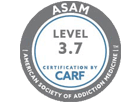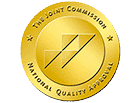You’ve completed detox, IOP, and PHP, so now it’s time to move on to the next level of care— sober living.
What is a sober living facility?
A sober living facility, or halfway house, is a group living arrangement designed to help those overcoming a substance use disorder to reintegrate back into society. Typically, people who move into a halfway house have already completed a detox and/or rehab program of some kind and are continuing their recovery efforts in a more independent setting.
It is critical for those in early recovery from substance use disorder to find the right recovery program for their special circumstances and individual needs. Should you choose to continue your program-supported recovery following residential treatment, you should be just as careful to select the right halfway program as you were in selecting your recovery program.
Often, recovery programs offer care at all levels of treatment to make the transition from residential to outpatient treatment as smooth as possible. If your program does not offer post-detox treatment options, your therapist or counselor may be able to recommend halfway/sober living options that are available to you.
What makes for a great sober living facility?
There are several things that separate adequate sober living facilities from great halfway programs that can truly benefit you and your recovery efforts.
1. You have freedom, but there are rules.
Rules don’t necessarily have to be strict, but when you can come and go as you please, a nightly curfew, house chores, and two to three mandated meetings per week, for example, are good measures to have in place. Random and regular drug tests are another indicator that you’re in a great program, as this ensures that residents are kept on track; this is standard, and if your program doesn’t test randomly and regularly, this could be a red flag.
2. There are consequences if you break the rules.
When you break a rule, there should be a consequence. If your halfway program has rules in place and punishments for breaking them are enforced, this is a sign that you’re living in a quality sober living facility.
3. Your house manager is accessible and reliable.
Halfway houses and their residents are managed by an individual who enforces curfews, conducts drug tests, and mediates issues between housemates. It’s important that your house manager is reachable in the event of problems between housemates and that you can count on them to answer any questions that need answering.
4. You are required to work.
Having a job/working is a great way to reintegrate back into society and limits free time, both good things for someone in early recovery from a substance use disorder. It also helps with building personal responsibility, accountability, and monetary savings.
5. The living environment is stable and relatively uneventful.
Halfway houses typically see a lot of turnover resident-wise, but in general, the environment at home should be a pretty calm one. Those in early recovery from a substance use disorder should avoid subjecting themselves to drama and people/places that might trigger cravings, so having a quiet space to relax and escape from everyday stressors is necessary.
What should I keep in mind entering a sober living program?
It’s important to remember that sober living programs vary, but that most follow the same general structure/guidelines. It’s also important to remember that living in a halfway house is not binding, nor is it permanent. If you find that the program is not the right fit for your recovery needs, ask for help finding one that is.
Hopefully, your sober living experience will be a positive one and put you on the right path to a life of recovery.
At Royal Life Centers, we offer all levels of care— detox, residential inpatient, PHP, IOP, OP, and sober living— Because We Care. Please contact us today at (877)-RECOVER with any questions or concerns.












